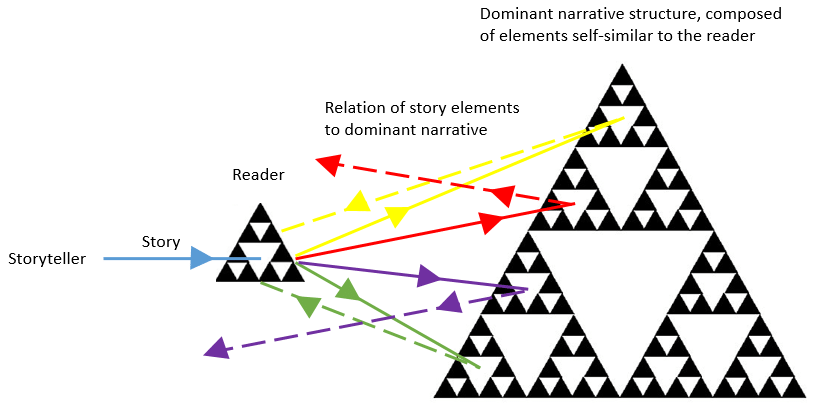
Stories Talk | Presentation Skills and Effective Storytelling
Stories Talk | Presentation Skills and Effective Storytelling
Many times, in a meeting with clients or executives of our company, we are asked to tell a story. But many people don't know how to build the story, worry about gradually becoming more and more uninteresting, or aren't sure when a story would be appropriate to be told.
By Mia Kollia
Translated by Alexandros Theodoropoulos
Stories can be very effective in conveying complex emotions or details that can be easily missed through simple communication or through the bullet points of a presentation. They can also help build relationships, describe similarities and differences, or persuade a wary audience.
But before we start telling a story, let's take a step back and ask ourselves, "Why?" and "To whom?". Asking “Why?” will help us crystallize our goals, and asking “To whom?” will help us define our audience. Together, these questions will help determine if a story is the right communication tool to use.
If it is, the next step is to create the story. There are five key points in telling an effective story: it must be concise, direct, specific, structured, and compelling. Let's look at each of them.
1. Concise
We often think of stories as time-consuming, but in the workplace - where meetings are long and attention spans short - brevity is gold. In general, workplace stories should not exceed one minute. The shorter the better - when possible. We may not always be able to stick to that length of time, but if we go over two minutes, we risk losing our audience. And if we lose our audience, our story is pointless and the message is lost.
2. Direct
Stories in the workplace should be strictly focused on their reason for being. We must first be able to answer the question, "What is the point of the story?" If we start with our main message and then work backwards to include only the relevant details to make our story work, we'll be able to keep the details focused on the main message and manage to stay on point. Also, we must keep in mind the thread of our story and the reason we are telling it. Otherwise, our audience may only keep parts of it and end up understanding something completely different from our intention.

3. Specific
For a story to work, the details must be specific and vivid. Vague generalisations may help in a larger context, but the heart of a story lies in its specificity. We have to make the audience feel like they were really there with us. We want them to feel like they could imagine the exact picture we're trying to convey. The best storytellers tell a story as if they were telling a fairy tale to a small child. They don't just talk, they put the audience in the plot and take them on a journey.
4. Structured
Structure is the backbone of the story. Without it, a story is just a jumble of loosely connected details. But when it's structured, it has flow and makes sense. A strong structure helps the audience understand where the story is going and helps determine its important and less important points.
5. Compelling
We should strive to take our audience on an emotional journey by varying our pace, tone, intensity, emphasis and pauses. Each of these is like a switch that we can turn up or down to cause different effects. For example, speaking quickly and loudly can convey a sense of excitement, while speaking slowly and quietly can instill a sense of calm. If we are committed to our message, we will be able to maximise its impact on our audience.
Storytelling is an incredibly powerful tool that allows us to convey complex information in a concise way. We just have to remember that storytelling is one of many communication tools in our toolbox. If we overuse a tool, it will lose its power. Switching our communication tools will help us connect with different people, in different ways. And whatever story we tell, the first thing we must always keep in mind is our audience.